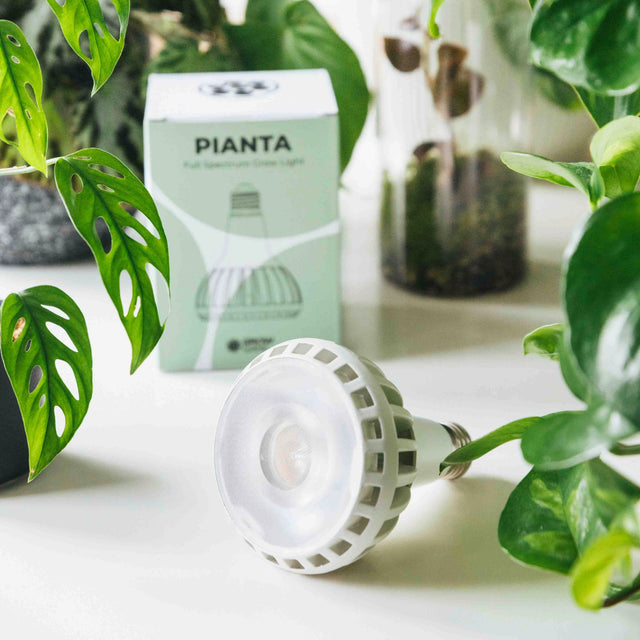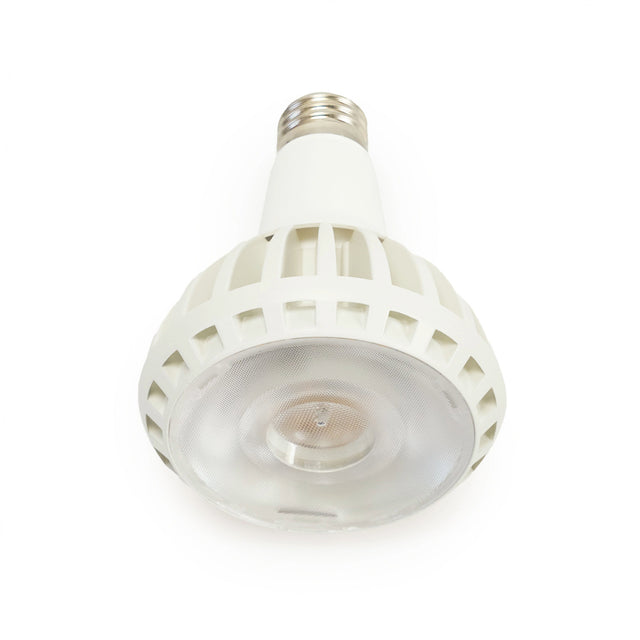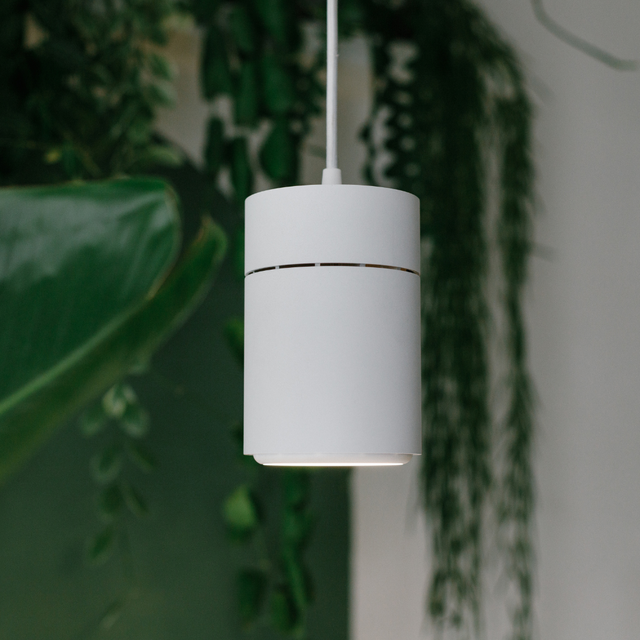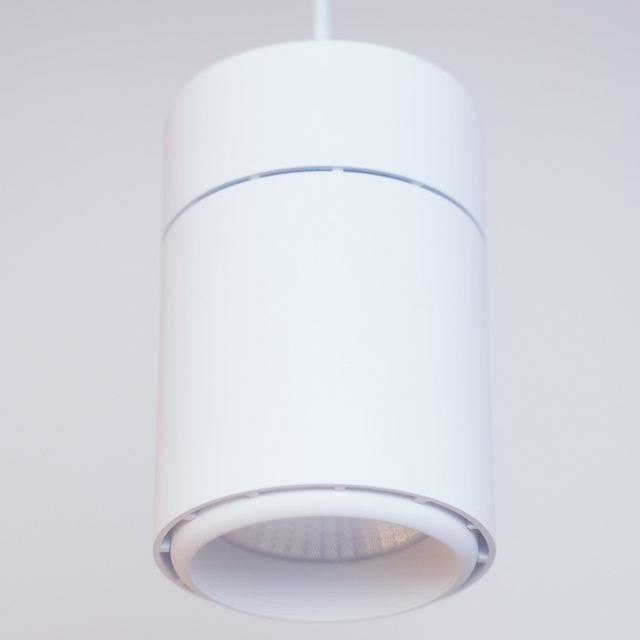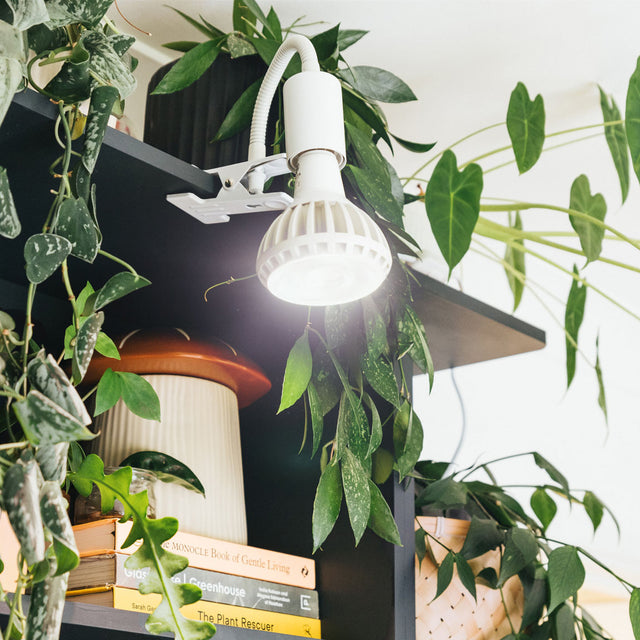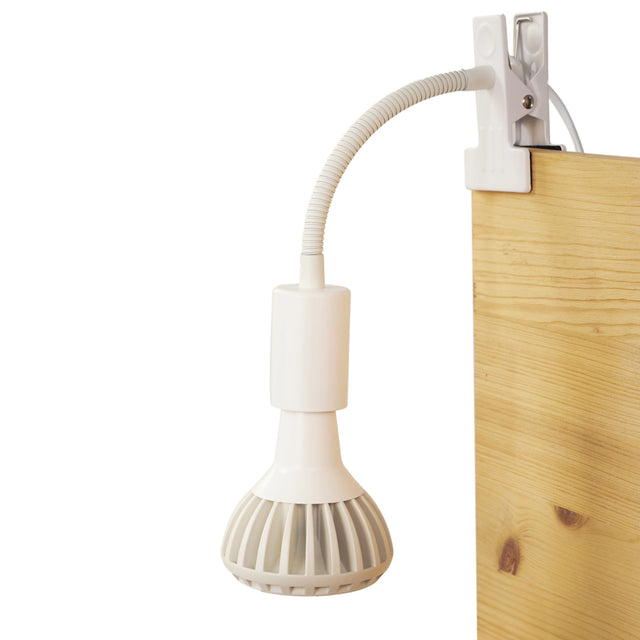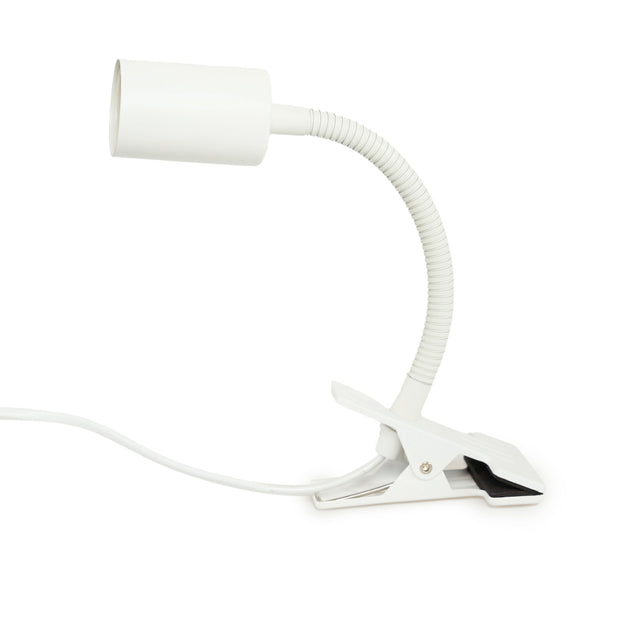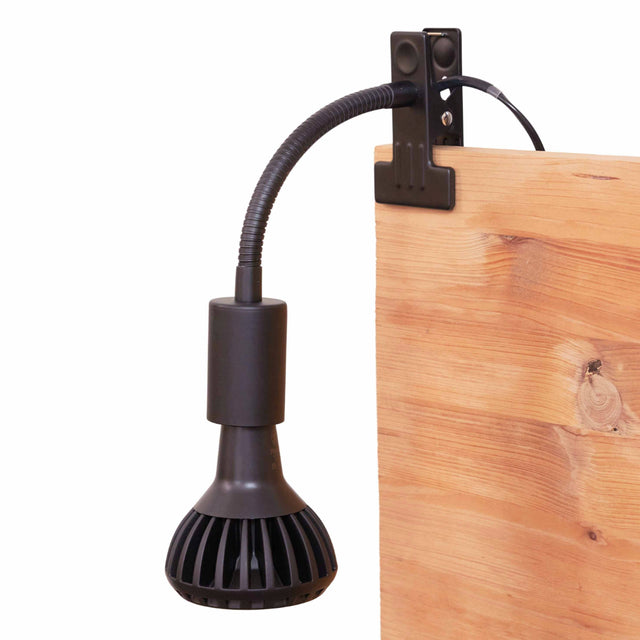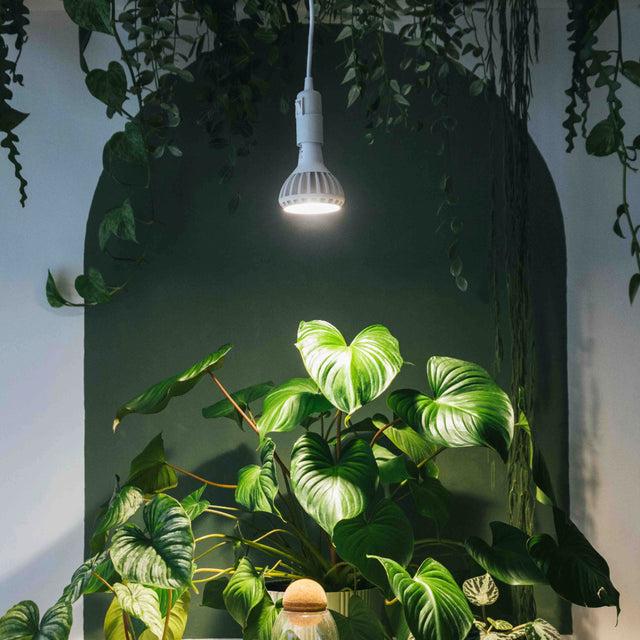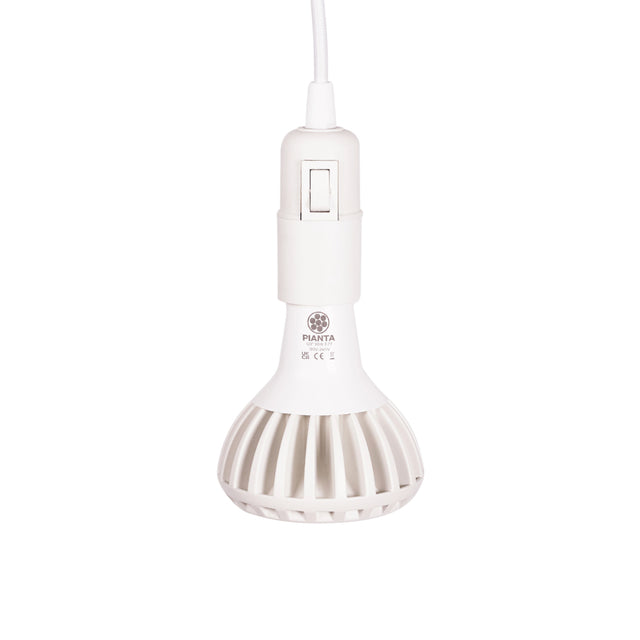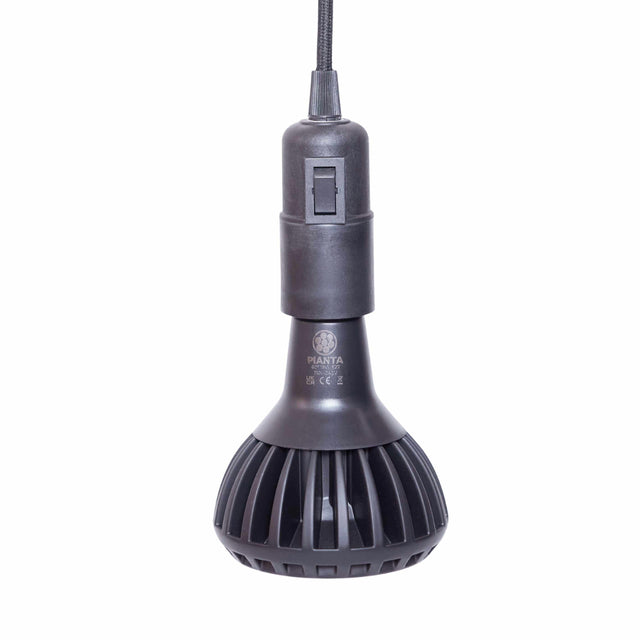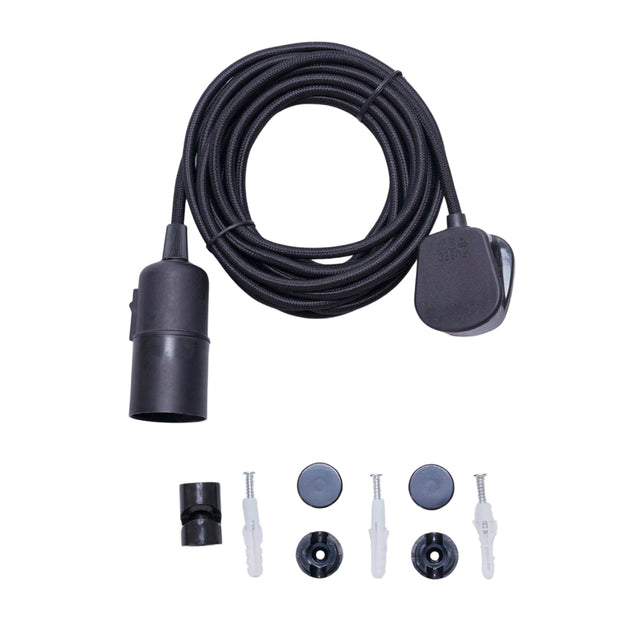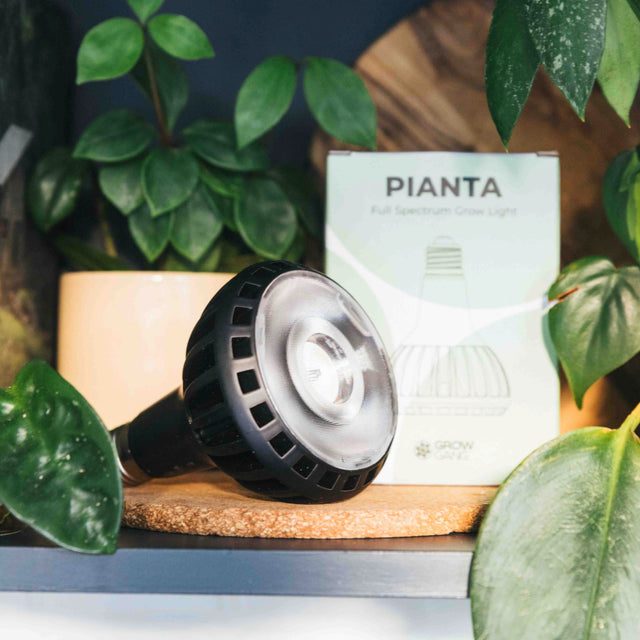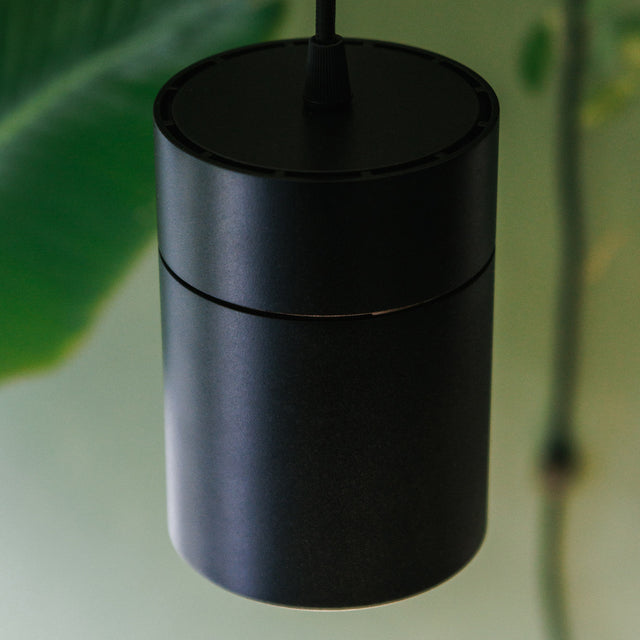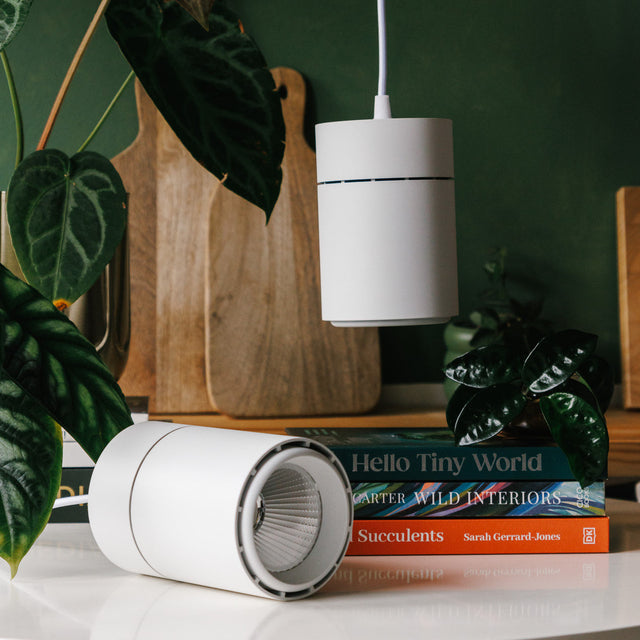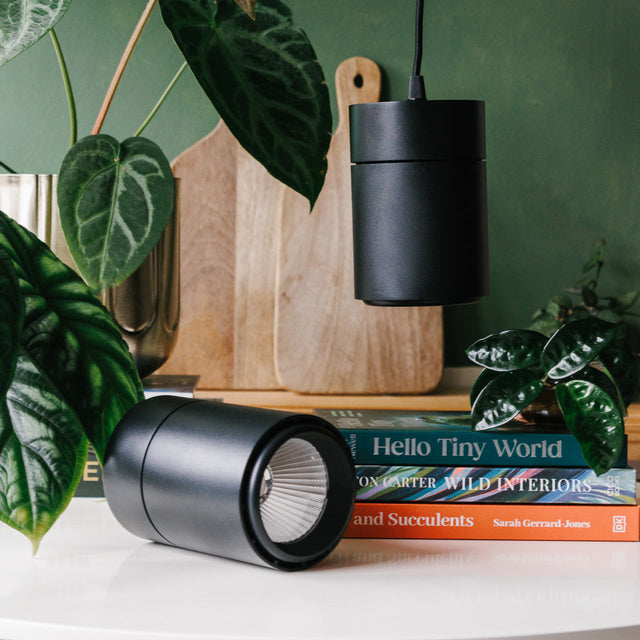
🔬Scientific name: Begonia Masoniana (Family: Begoniaceae)
🌍 Origin: It is native to the tropical and subtropical regions of Southeast Asia, particularly southern China and northern Vietnam. Although it was first described from cultivated specimens in Germany, its natural habitat consists of warm, humid forest floors where it thrives in shaded and moist conditions. The plant was named in honor of Monsieur Mason, a plant collector who played a significant role in its introduction to cultivation. Its unique foliage and adaptability have since made it a popular choice among ornamental plant enthusiasts worldwide.
Lighting
Lighting requirement: Bright, indirect light
This plant thrives in bright, indirect light that mimics the dappled sunlight of its native forest habitat. Ideal indoor placement includes spots near east or north-facing windows, where the plant receives ample light without harsh exposure. When grown outdoors, it should be placed in partial to full shade to protect its textured leaves from scorching. Direct sunlight, particularly during the afternoon, can damage the foliage and fade the plant’s signature dark cross pattern. On the other hand, prolonged low-light conditions may cause leggy growth and dull colouration.
If natural light is limited, especially during winter, LED grow lights can be used to supplement lighting for 10 to 12 hours a day to help maintain the plant's vibrant appearance and healthy growth.
Watering:
The Iron Cross Begonia requires consistent but moderate watering to maintain healthy growth. It prefers evenly moist soil, so it's best to water when the top 1–2 inches of soil feel dry to the touch. Overwatering should be avoided, as soggy soil can lead to root rot, a common issue with begonias.
During the growing season, more frequent watering may be needed, typically every 5–7 days, depending on temperature and humidity. In the cooler months, watering should be reduced as the plant's growth slows. Signs of under watering include drooping or crispy leaves, while yellowing leaves and a mushy base may indicate overwatering.
Humidity
The Iron Cross Begonia thrives in high humidity, ideally between 50% and 60%, which reflects the moist, tropical environments of its native habitat. Maintaining this humidity level helps prevent leaf crisping and promotes lush, healthy growth. In dry indoor conditions, especially during winter or in homes with central heating, humidity can be boosted by:
- Using a humidifier
- Placing the plant on a pebble tray with water
- Grouping it with other humidity-loving plants
- Regular misting can help slightly, but should be done cautiously to avoid fungal issues.
Consistently low humidity may result in brown leaf edges, curling, or slowed growth, so it's important to monitor the environment and adjust as needed to keep the plant thriving.
Fertiliser:
It benefits from light but consistent feeding during its active growing season. Fertilise once a month during spring and summer, diluting the fertiliser to half strength to avoid overfeeding, which can lead to leaf burn or salt buildup in the soil. During the fall and winter months, when the plant's growth slows, it’s best to reduce or stop fertilising altogether. Always water the plant before applying fertiliser to protect the roots, and avoid using high-nitrogen formulas, as these can encourage leggy growth rather than the compact, leafy appearance typical of a healthy Iron Cross Begonia.
Temperature:
The Iron Cross Begonia prefers a warm, stable temperature range between 18°C to 24°C. It is sensitive to both cold drafts and high heat and should be protected from sudden temperature fluctuations. The plant should never be exposed to temperatures below 15°C, as cooler conditions can cause stress, leaf drop, or stunted growth. Likewise, temperatures consistently above 30°C may lead to wilting or browning if not paired with adequate humidity.
To keep the plant healthy, avoid placing it near air conditioners, heaters, or drafty windows, and maintain a consistent indoor climate that mimics its native tropical environment.
Troubleshooting and Pests:
It is relatively resilient but can be susceptible to a few common pests and environmental issues. Pests such as spider mites, mealybugs, aphids, and fungus gnats may occasionally affect the plant, particularly in dry or overly damp conditions. Regularly inspecting the leaves can help catch infestations early. These pests can be managed with insecticidal soap, neem oil sprays, or by gently wiping the leaves with a damp cloth.
Yellowing leaves often indicate overwatering or poor drainage, while brown, crispy edges usually point to low humidity or salt buildup from fertiliser. Leaf drop can result from sudden changes in temperature, drafts, or underwatering. To prevent most problems, ensure the plant is in well-draining soil, receives bright indirect light, maintains high humidity, and is not exposed to extreme temperatures or drafts. Avoid overwatering and always allow the top layer of soil to dry out slightly between waterings.
Height:
The Iron Cross Begonia is a compact plant that typically grows to a height of 30 to 45 cm and spreads about the same width. Its low-growing, bushy form makes it ideal for tabletops, terrariums, or shaded garden beds. While not particularly tall, its striking foliage makes a bold visual impact, especially when given space to spread and proper growing conditions.
Is It Toxic To Pets?
Yes. It is considered toxic to pets, including cats and dogs. It contains insoluble calcium oxalates, with the highest concentration found in the roots and tubers. If ingested, it can cause symptoms such as oral irritation, excessive drooling, vomiting, and difficulty swallowing. Because of these risks, it’s important to keep the plant out of reach of pets and to contact a veterinarian immediately if any part of the plant is consumed. For households with curious animals, pet-safe plant alternatives are recommended.
